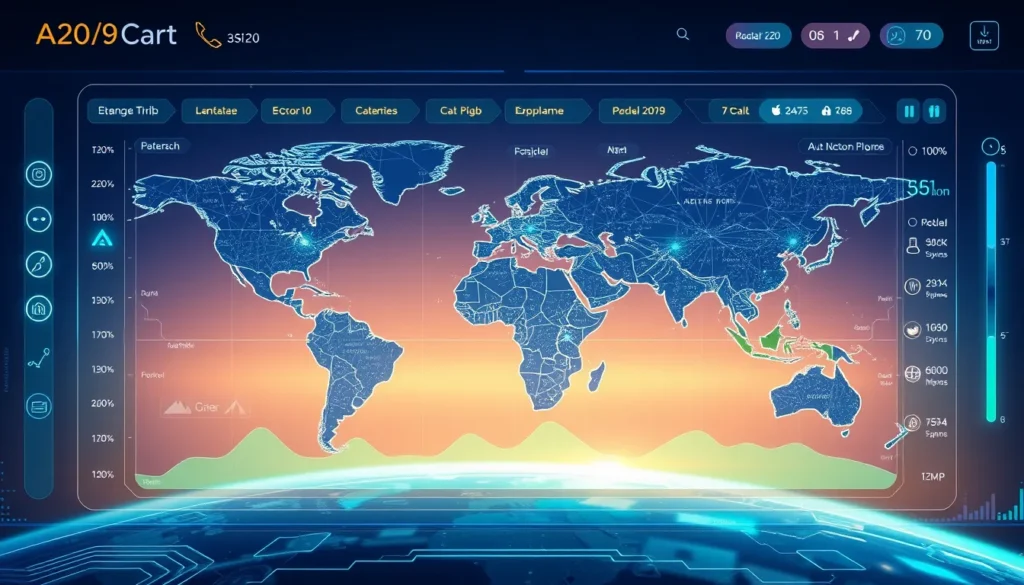Now Reading: Understanding MCP Prompt Hijacking: A Critical AI Security Concern
-
01
Understanding MCP Prompt Hijacking: A Critical AI Security Concern
Understanding MCP Prompt Hijacking: A Critical AI Security Concern

Understanding MCP Prompt Hijacking: A Critical AI Security Concern
In today’s digital era, where artificial intelligence (AI) plays a pivotal role in innovation, security, and decision-making, one threat has increasingly come under scrutiny: MCP prompt hijacking. This phenomenon involves the unauthorized manipulation of prompts within AI systems, and it serves as a wake-up call for those involved in AI research and cybersecurity. In this article, we will deep dive into what MCP prompt hijacking is, the risks it poses, and effective strategies to secure AI input prompts.
What is MCP Prompt Hijacking?
MCP prompt hijacking refers to the unauthorized interference or alteration of input prompts used by AI systems. The primary goal of this manipulation is to change the intended behavior of AI, leading to biased, misleading, or even dangerous outputs. With advances in AI technology, the vulnerability to such hijacking has grown, making it a major concern among cybersecurity experts. The focus on MCP prompt hijacking is critical to ensure AI integrity and maintain trust in automated systems.
How Does MCP Prompt Hijacking Impact AI Systems?
MCP prompt hijacking has far-reaching effects on various sectors that heavily rely on AI. Here are some critical areas influenced by this threat:
- Disruption of Outputs: When prompts are manipulated, the AI may provide skewed or incorrect outputs, potentially harming decision-making processes in fields like finance and healthcare.
- Compromised AI Integrity: Altered prompts can lead to a loss of trust in AI systems. Key decisions made by compromised algorithms could lead to unfair or biased outcomes.
- Escalating Cybersecurity Risks: Beyond immediate output errors, hijacking efforts can open doors for deeper system intrusions. For a broader overview of cybersecurity measures, visit the Cybersecurity & Infrastructure Security Agency.
AI Security Measures and Prompt Verification Techniques
Preventing MCP Prompt Hijacking: Best Practices
To prevent MCP prompt hijacking, industries must implement a multi-layer approach to AI security. Here are some effective methods:
- Multi-layer Prompt Verification: Implement verification protocols that continuously check the integrity of each AI prompt. This includes specialized algorithms designed for AI prompt verification.
- Enhanced Monitoring: Real-time monitoring of prompt inputs helps detect and block any unauthorized alterations. AI security measures must include automated alerts for suspicious prompt behavior.
- Regular Audits: Frequent system audits can identify vulnerabilities in AI prompt structures, allowing organizations to address weaknesses promptly.
Securing AI Input Prompts with Advanced Techniques
Securing AI input prompts is not just about preventing manipulation but also about reinforcing overall AI integrity. Consider the following strategies:
- Distributed or Decentralized Prompt Generation: Instead of a centralized control system, deploying decentralized prompt generation adds an extra layer of security. This technique ensures that no single point of failure can be exploited by malicious actors.
- Robust Encryption: Encrypting the transmission of AI prompts can help secure data from interception and tampering. This is a key aspect of ensuring that AI systems remain resilient against prompt manipulation.
- Cross-functional Collaboration: Collaboration between cybersecurity experts, AI developers, and regulatory bodies ensures that new threats such as MCP prompt hijacking are addressed with comprehensive security frameworks.
The Future of AI Security: Decentralized Approaches and Emerging Trends
The continuous evolution of AI demands innovative security solutions. Decentralized prompt generation is emerging as a powerful method to safeguard AI systems. This approach diminishes the risk of a single compromised node leading to widespread vulnerability. Moreover, futuristic AI security measures capitalize on machine learning to predict and mitigate prompt hijacking before damage is realized.
For organizations looking to enhance their cybersecurity posture, investing in advanced AI security measures is not optional—it is essential. By incorporating multi-layer prompt verification techniques and decentralized approaches, companies can protect the integrity of their AI systems effectively.
Conclusion
In conclusion, MCP prompt hijacking poses a significant threat to AI integrity and the overall security of modern digital infrastructures. The manipulation of AI input prompts can lead to erroneous outputs, biased decisions, and even operational failures. However, by embracing robust AI security measures, such as multi-layer prompt verification and decentralized prompt generation, organizations can prevent MCP prompt hijacking and secure AI input prompts effectively. As we move forward, continuous innovation, rigorous security practices, and cross-functional collaborations will be paramount in protecting artificial intelligence systems. Stay informed, stay secure, and contribute to a safer digital future.
This article has explored the multi-dimensional challenge posed by MCP prompt hijacking and detailed actionable security strategies. For more information on evolving cybersecurity trends, check out resources like the National Institute of Standards and Technology. By remaining proactive and vigilant, technology professionals can ensure that AI continues to serve as a robust, reliable asset in our increasingly digital world.

























